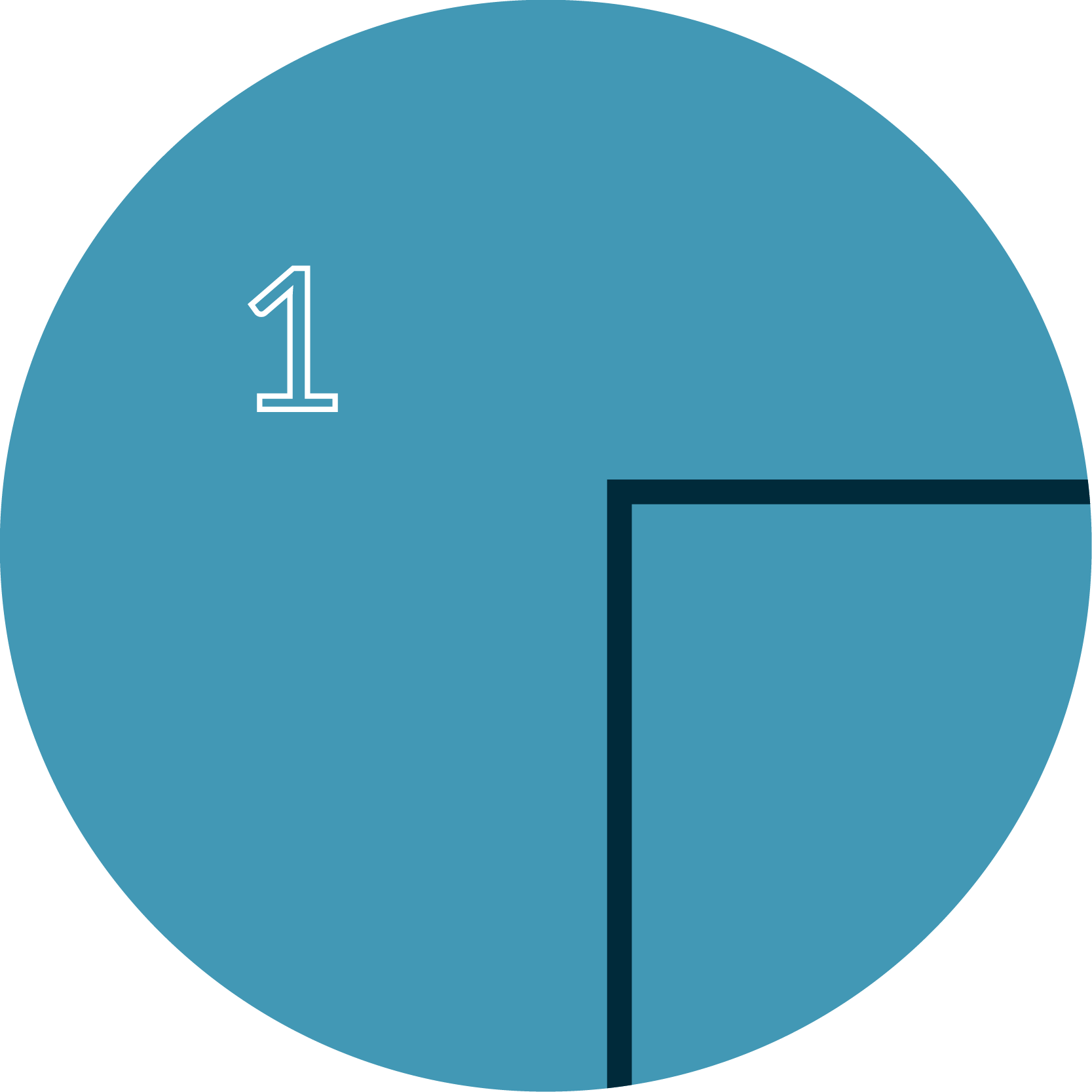If you think the design of your product has a look that everyone will want, or which adds value in other ways, you could be at risk of having it copied.
The look of your design includes:
- Appearance
- Physical shape
- Configuration (or how different parts of a design are arranged together)
- Decoration
What are the benefits of registered designs?
Registering your design can assist in keeping potential imitators at bay, and protect the look of its physical form or features, thus giving you a monopoly in that design.
There are different kinds of protection which may apply to designs, and Sandersons offers advice and guidance on what is the best approach for your business.
Our design registration services give you an easy and affordable way to get your designs registered in the UK and Europe.
The Process of Registering a Design

Stage 1
Decide on the design to be registered
Registered designs protect the appearance of a product, as well as surface decoration (including graphic symbols or logos). To be valid, a registered design must be both new and have individual character. Features of construction, intended use, or other non “design” aspects cannot be protected by way of a registered design. A design is new if no identical design or no design whose features differ only in immaterial details have been made available to the public. This means that a design is not considered new if a similar design exists and the differences between the two are merely functional. A design has individual character if the overall impression it produces on the informed user differs from the overall impression produced on such a user by any existing design.

Stage 2
Decide which countries it needs to be registered in
Registered designs are territorial and only provide protection in the countries that they are registered in. Following the filing of a first design application, there is a six-month priority period within which design applications may be filed in other countries. Those corresponding applications are then entitled (upon request) to the initial (“priority”) date of the first application. The priority period enables the spreading of costs.

Stage 3
File application (UK application)
An application for design registration is submitted to the UK Intellectual Property Office (IPO). The application must include images of the design to be protected, which should enable the product to be clearly recognisable from all angles. Ideally, this will comprise of front, rear, side and top views, along with a perspective view, each in black and white.

Stage 4
Registration
The UK Registry examines design applications for compliance with the Regulations and Rules only, and do not attempt to determine whether a design is new. Provided the Regulations and Rules are satisfied, an application will proceed to registration, even if it is not valid and cannot be enforced. Searches before the filing of a design application are often useful in determining whether the design is new. A certificate of registration is issued to the applicant usually within a matter of weeks.

Stage 5
Registration of the design can be renewed every ten years by payment of the renewal fee
A registered design has an initial duration of five years, and is renewable at five-yearly intervals up to a maximum period of 25 years.
Design Registration
Our team offer an easy and affordable Design Registration service for clients in the UK, Europe and worldwide.
Jerry Walder, Partner
Speak to our specialist team
If you would like further advice and information contact one of our attorneys today
Related Services
IP Searches & Watching
Preventing the infringement of your competitor’s intellectual property rights.
Renewals
Actively monitoring the status of your IP rights and managing renewal dates.
IP Advice & Strategy
Working strategically to obtain and maintain the correct IP rights for your business.
IP Portfolio Management
Monitoring and managing your IP protection to ensure it continues to be effective.
IP Due Diligence
Identifying and assessing which IP rights are owned or licensed by a company.
IP Oppositions
Aligning potential oppositions or appeals with your commercial aims and requirements.







